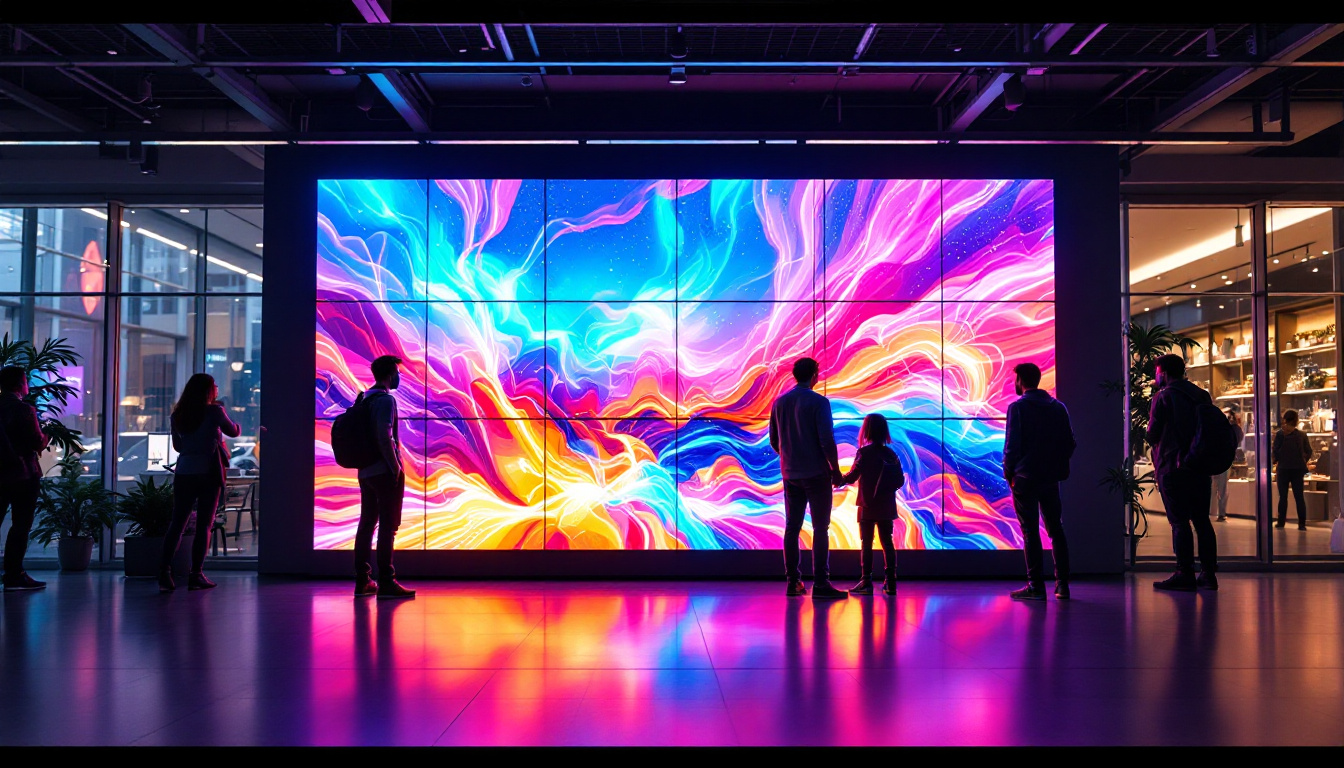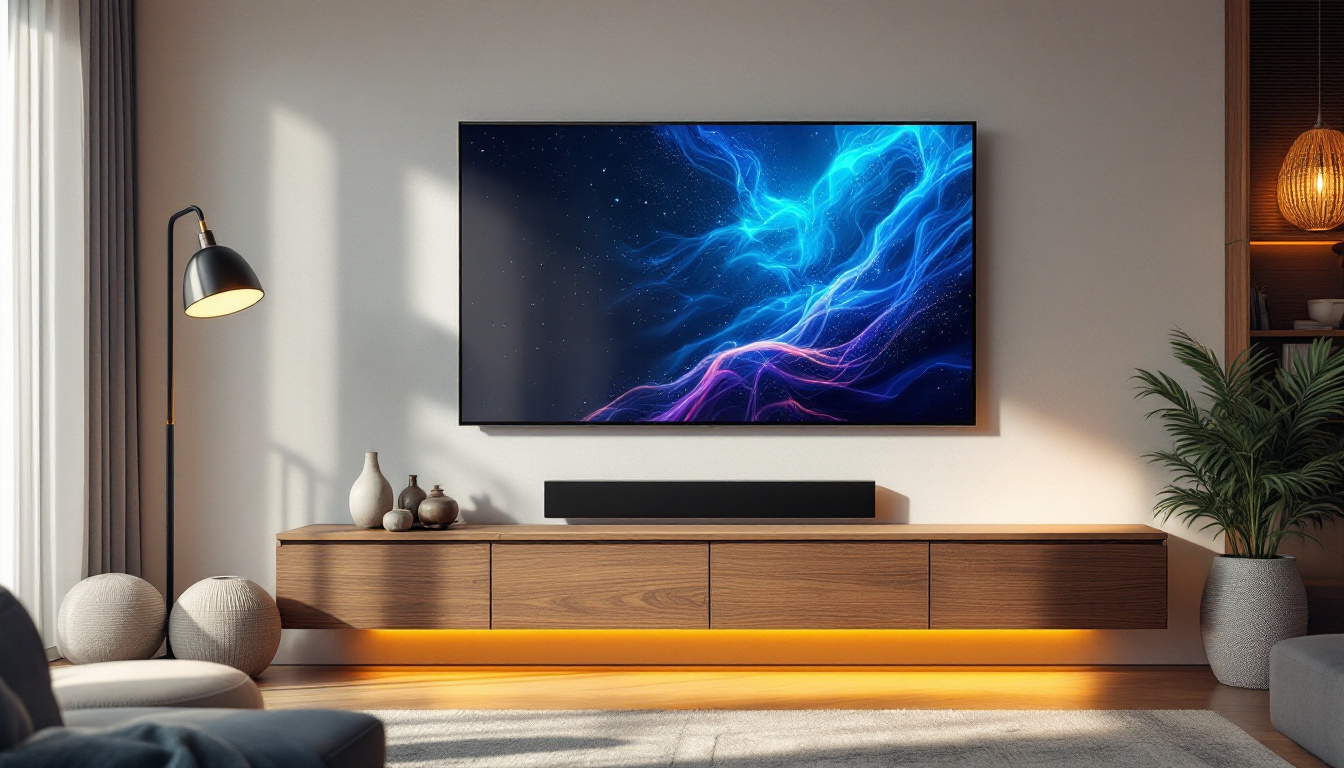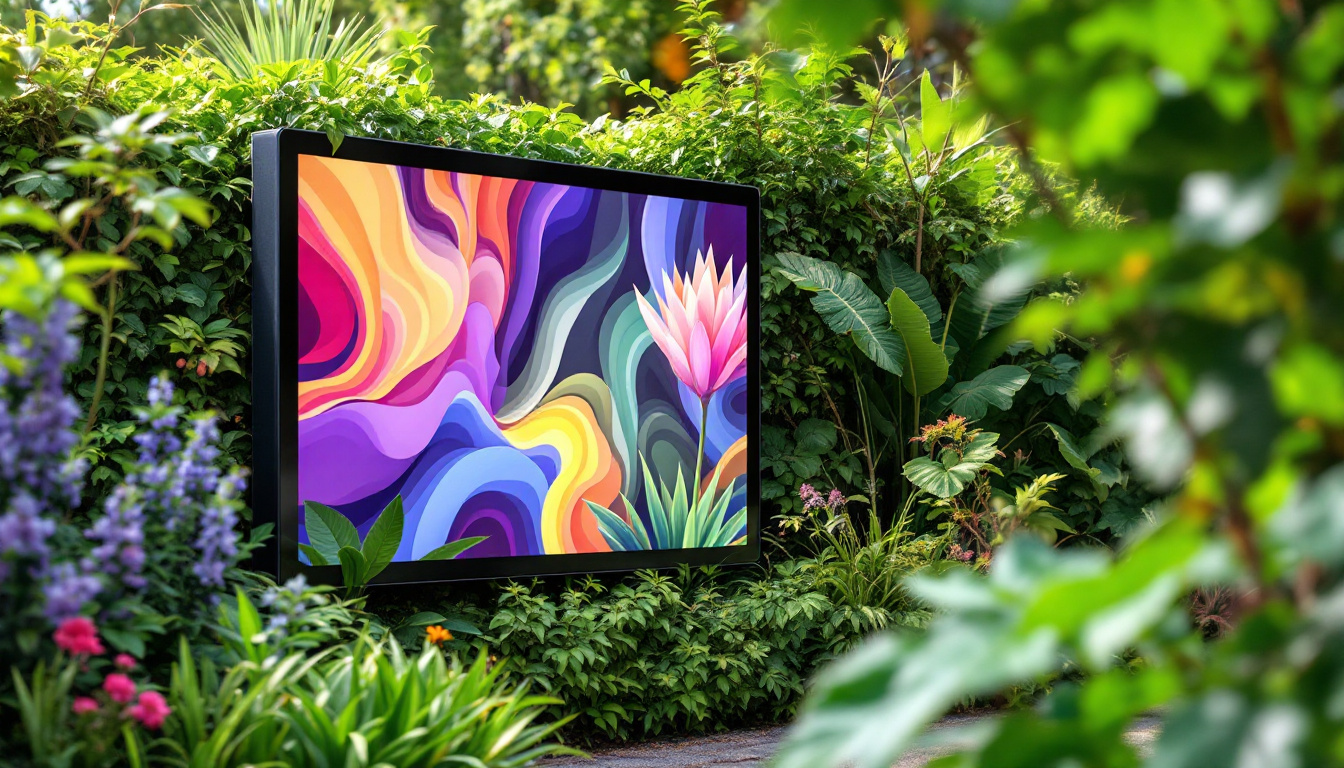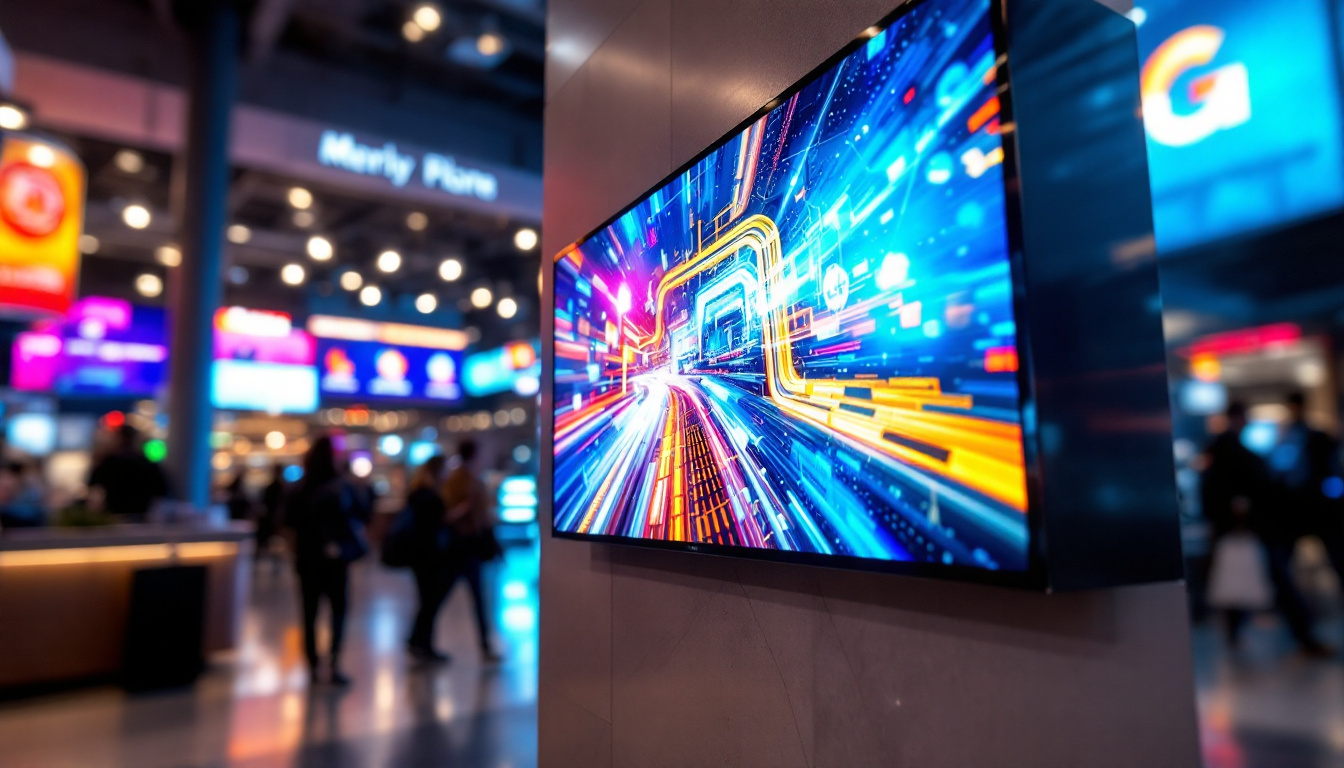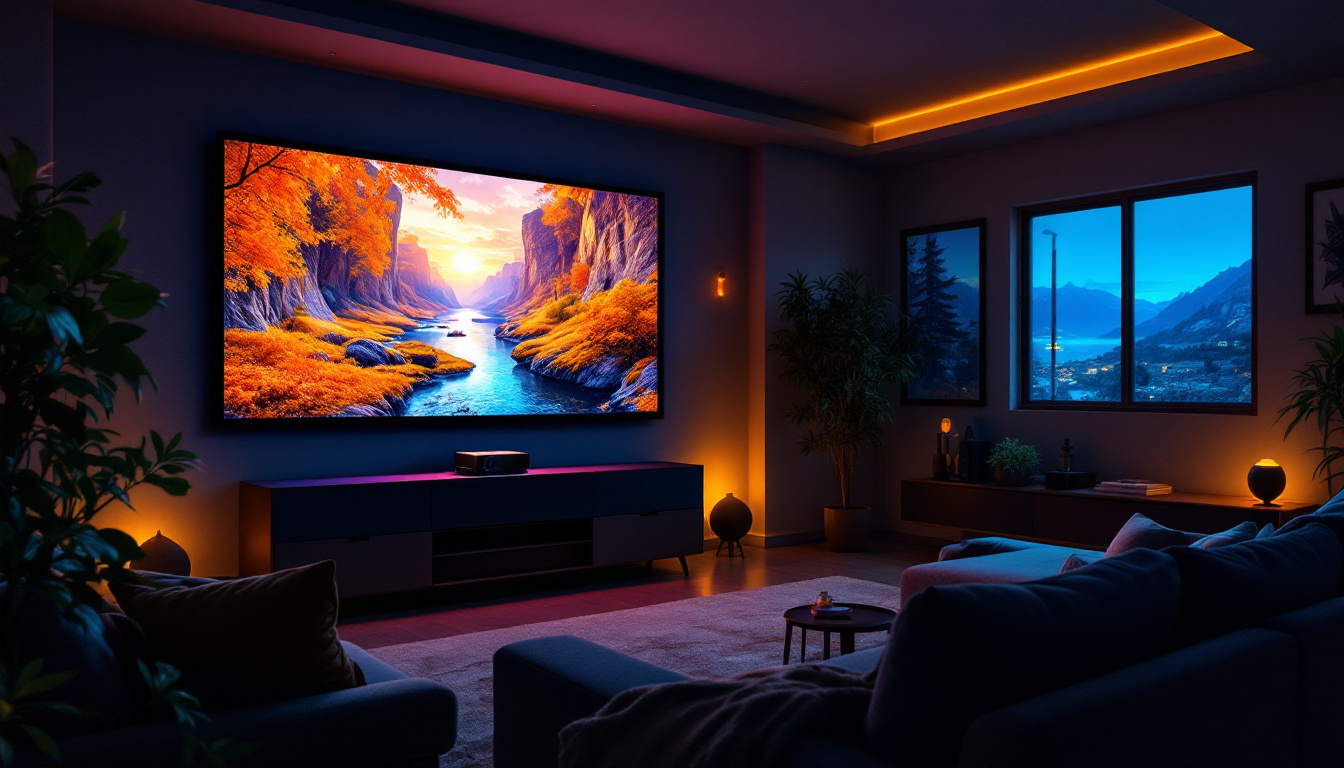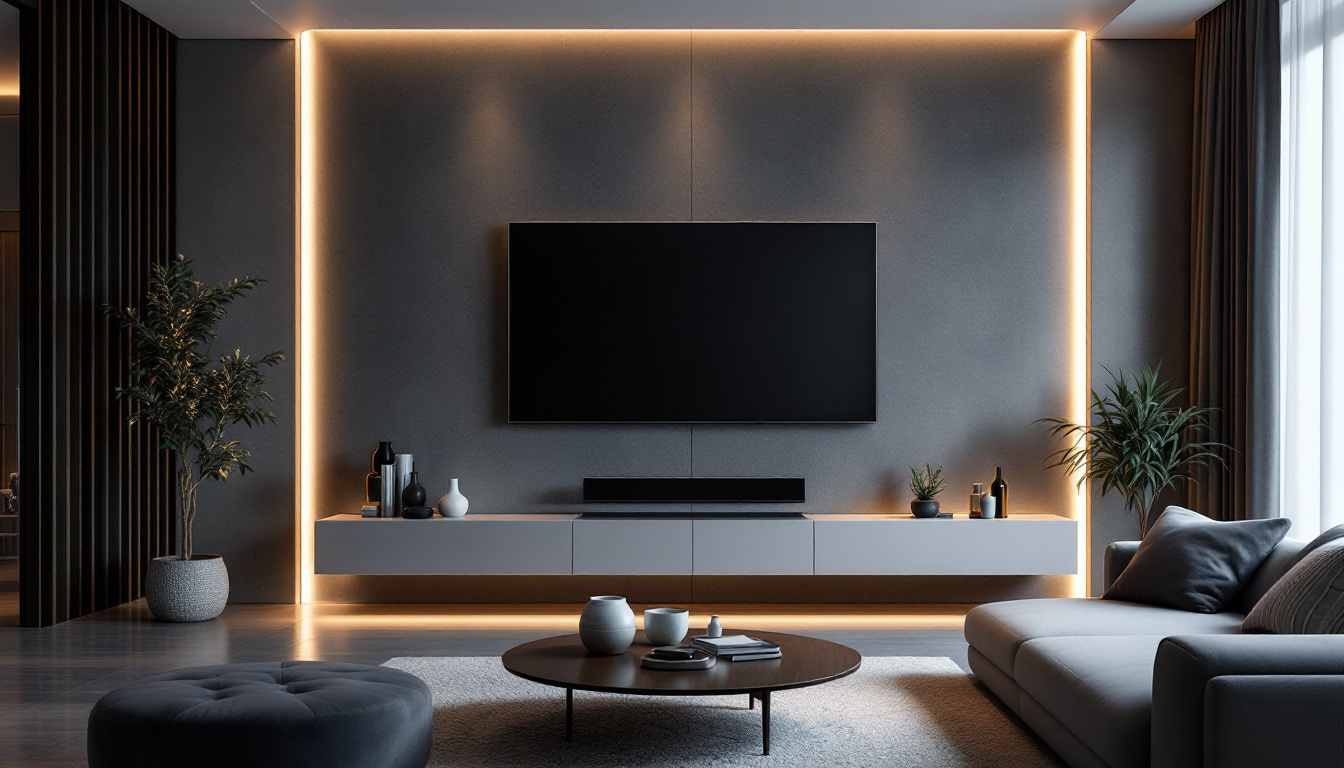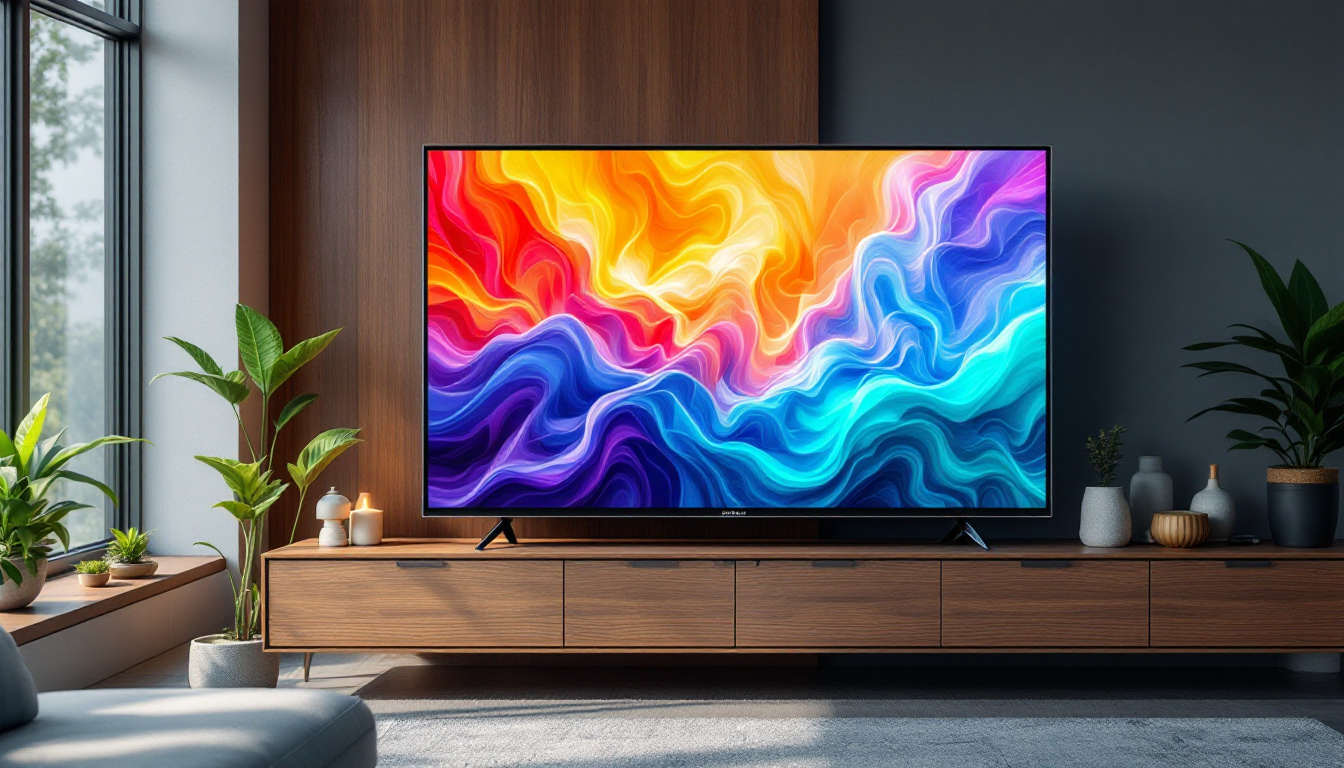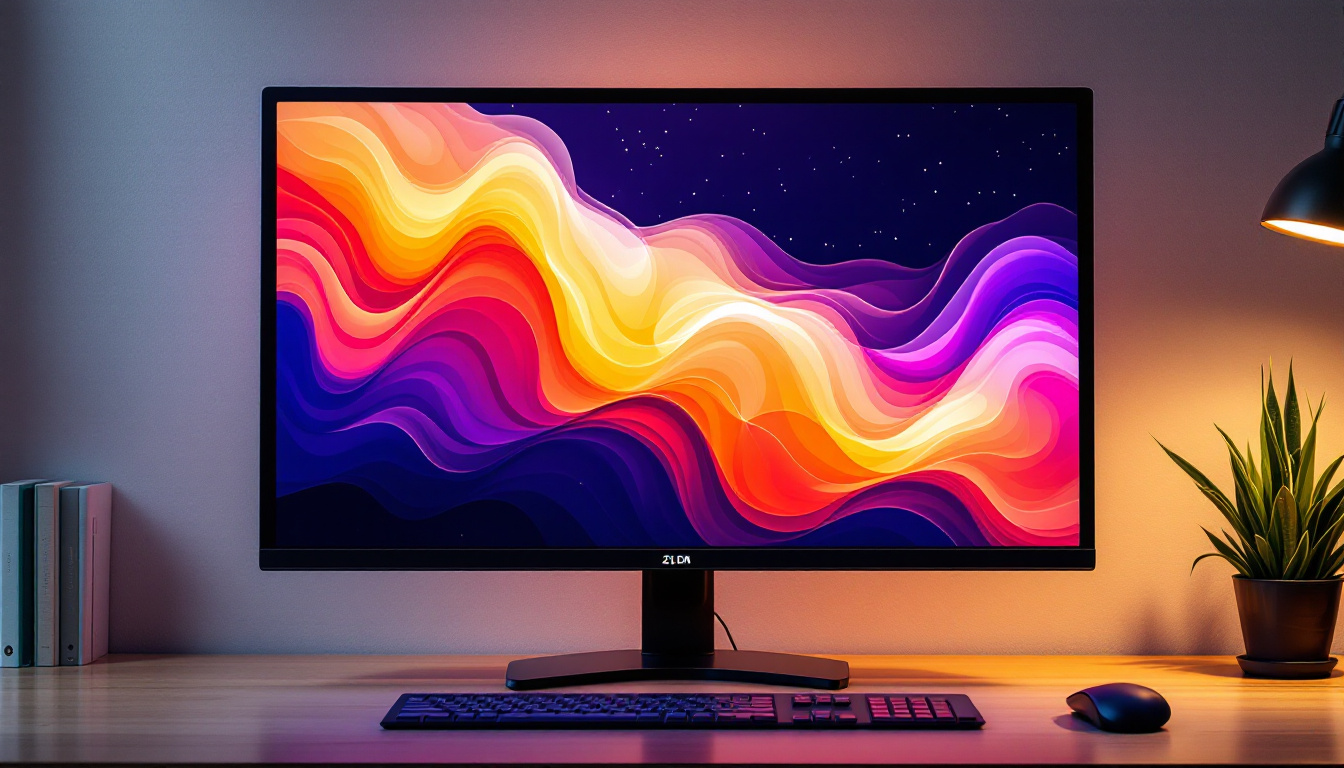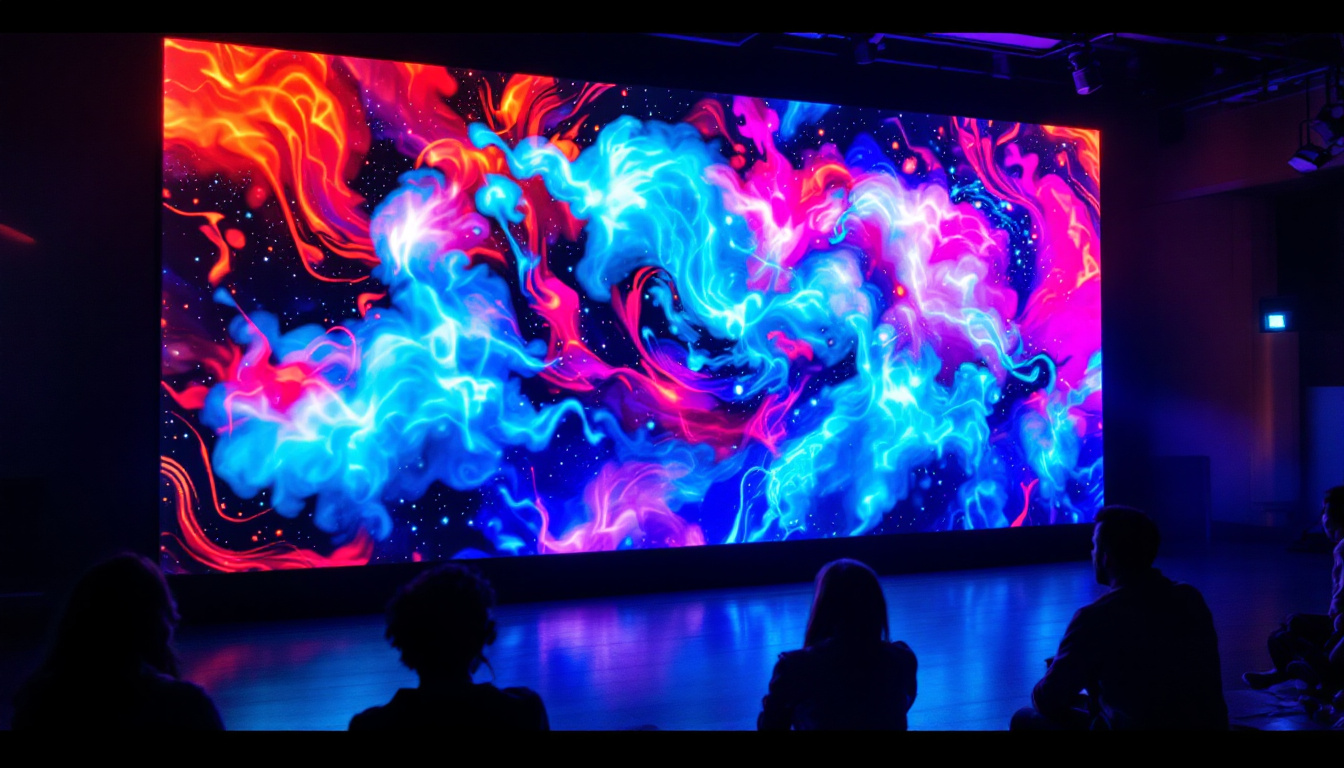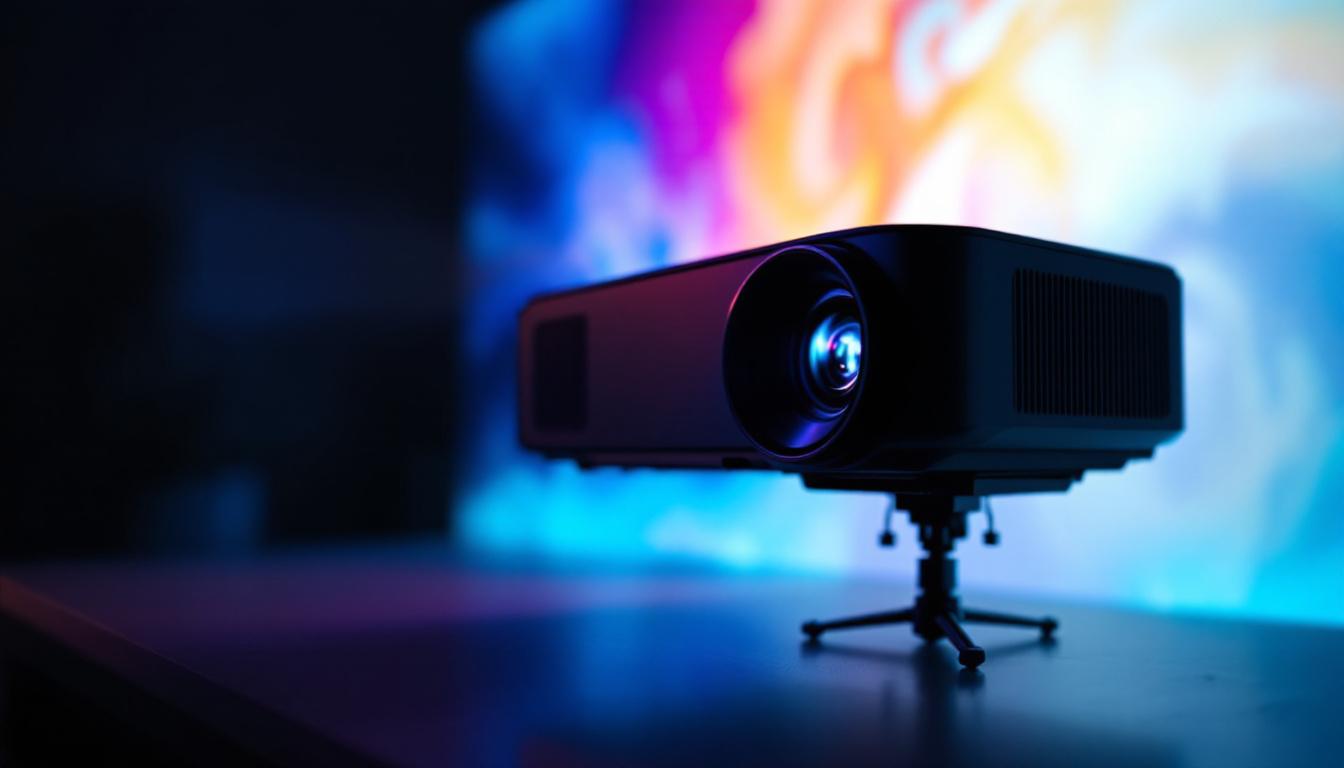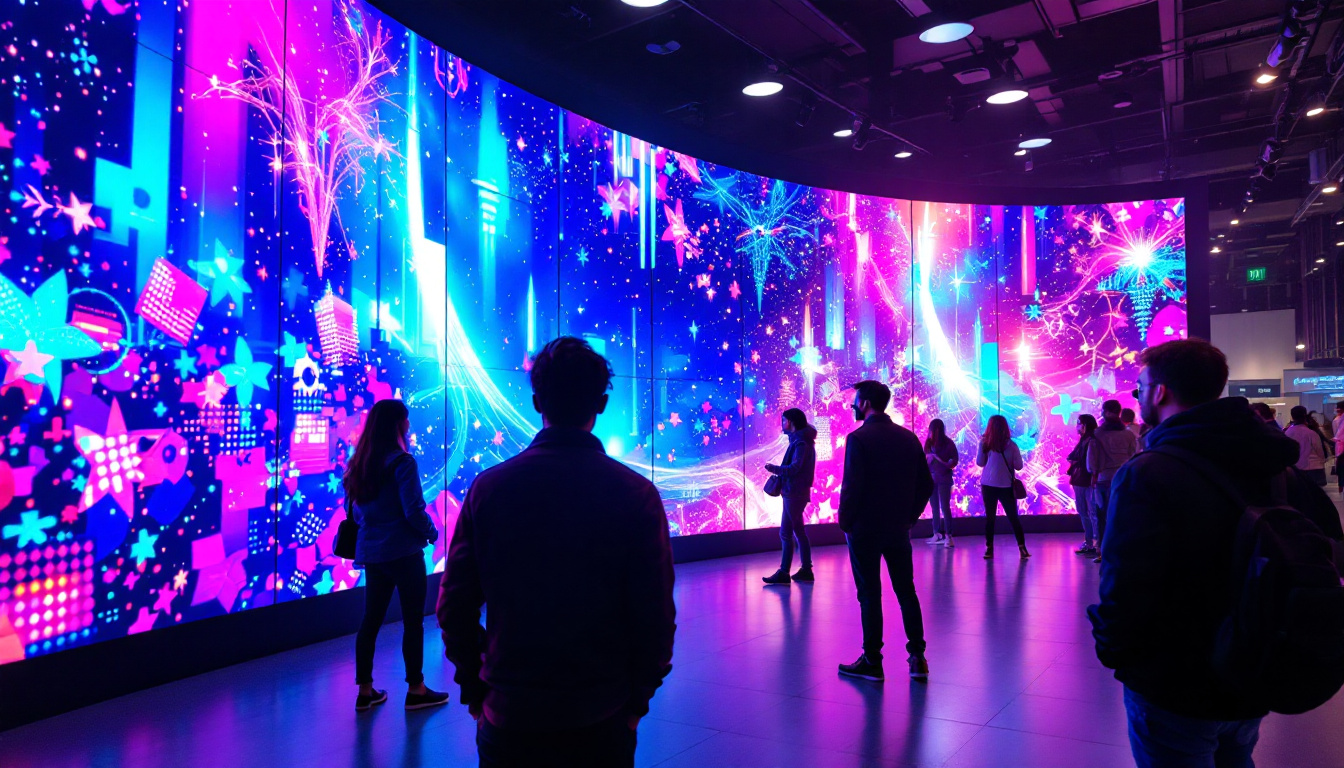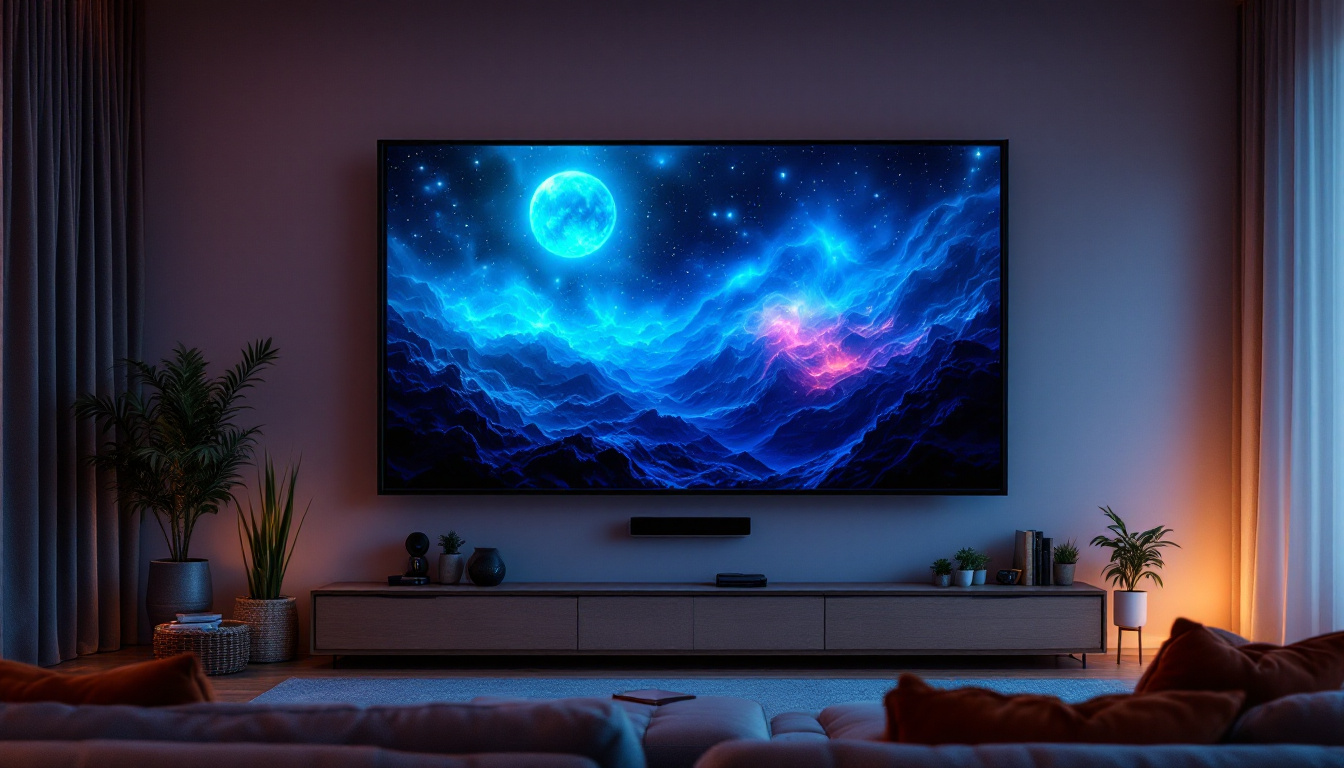In the ever-evolving world of technology, the way we consume visual media has undergone a remarkable transformation. One of the most significant advancements in this realm is the development of LED displays, particularly in the context of matrix televisions. This article delves into the intricacies of LED technology, its applications, and the benefits it brings to modern television viewing experiences.
Understanding LED Technology
Light Emitting Diode (LED) technology has revolutionized the way images are displayed on screens. Unlike traditional cathode ray tube (CRT) televisions, LED displays utilize a series of tiny diodes that emit light when an electric current passes through them. This fundamental difference allows for brighter, more vibrant images with improved energy efficiency. The shift to LED technology not only enhances visual quality but also contributes to environmental sustainability by reducing energy consumption and extending the lifespan of displays.
How LED Displays Work
At the core of LED technology is the concept of pixels. Each pixel is made up of sub-pixels that emit red, green, and blue light. By adjusting the intensity of each sub-pixel, a wide range of colors can be produced. This pixel-based approach enables LED displays to achieve higher resolutions and better color accuracy compared to older technologies. Furthermore, advancements in color calibration and processing algorithms have allowed manufacturers to create displays that can reproduce colors with astonishing fidelity, making them ideal for professional applications such as graphic design and photography.
Moreover, LED displays can be categorized into two main types: direct-lit and edge-lit. Direct-lit LEDs are positioned behind the screen, providing uniform brightness across the entire display. In contrast, edge-lit LEDs are placed along the edges, allowing for a thinner design but sometimes resulting in uneven brightness. Understanding these differences is essential for consumers when choosing the right television for their needs. Additionally, some modern displays incorporate local dimming technology, which enhances contrast by selectively dimming or brightening different sections of the screen, further improving the overall viewing experience.
The Evolution of Display Technology
Before the advent of LED displays, television technology was dominated by CRTs and later, LCDs. CRTs, while bulky and heavy, were known for their deep blacks and rich colors. However, they were quickly overshadowed by LCD technology, which offered a sleeker design and lower power consumption. The transition from CRT to LCD marked a pivotal moment in display technology, as it paved the way for thinner and lighter screens that could be easily mounted on walls.
As LCDs evolved, the introduction of LED backlighting marked a significant milestone. This innovation enhanced the performance of LCDs, leading to brighter images and better contrast ratios. Eventually, LED technology emerged as a standalone display option, providing an even more refined viewing experience. The ongoing development of OLED (Organic Light Emitting Diode) technology has further pushed the boundaries of display capabilities, offering even deeper blacks and wider viewing angles. As consumers become more discerning about display quality, manufacturers continue to innovate, leading to an exciting future for visual technology that promises even more immersive experiences across various platforms, from home entertainment systems to mobile devices.
Matrix Television: A New Era of Viewing Experience
matrix televisions represent a significant leap forward in display technology, combining the advantages of LED with advanced processing capabilities. These televisions utilize a grid-like arrangement of pixels that allows for greater flexibility in image rendering and improved overall performance.
The Concept of Matrix Displays
The term “matrix” refers to the arrangement of pixels in a two-dimensional grid. This configuration allows for precise control over each individual pixel, enabling features such as local dimming and enhanced color accuracy. As a result, matrix televisions can deliver stunning visuals that captivate viewers.
Additionally, the matrix design facilitates the implementation of advanced technologies, such as high dynamic range (HDR) and wide color gamut (WCG). These features enhance the overall viewing experience by providing deeper contrasts and a broader spectrum of colors, making the images more lifelike.
Applications of Matrix Televisions
Matrix televisions have found applications in various settings, from home entertainment systems to commercial displays. In residential environments, these televisions provide an immersive viewing experience for movies, sports, and gaming. The ability to render fast-moving images with clarity and precision makes them ideal for action-packed content.
In commercial settings, matrix displays are utilized for advertising, presentations, and information dissemination. Their vibrant visuals and high resolution make them effective tools for capturing audience attention. Whether in retail spaces, airports, or corporate offices, matrix televisions play a crucial role in effective communication.
Benefits of LED Matrix Displays
The advantages of LED matrix displays extend beyond just visual appeal. They offer a range of benefits that enhance the overall user experience and make them a preferred choice for many consumers.
Energy Efficiency
One of the most compelling benefits of LED technology is its energy efficiency. LED displays consume significantly less power compared to traditional display technologies. This not only reduces electricity bills but also contributes to a more sustainable environment. With growing concerns about energy consumption, opting for an LED matrix television can be a responsible choice.
Longevity and Durability
LED displays are known for their longevity and durability. Unlike CRTs, which are prone to burn-in and degradation over time, LED technology is designed to withstand prolonged use without compromising performance. This means that consumers can enjoy their investment for years without worrying about the display quality deteriorating.
Enhanced Viewing Experience
With features like local dimming and HDR support, LED matrix displays provide an unparalleled viewing experience. The ability to produce deep blacks and vibrant colors enhances the overall quality of the content being viewed. Whether watching a movie in a dark room or playing a video game with bright graphics, the visual experience is immersive and engaging.
Choosing the Right Matrix Television
When it comes to selecting a matrix television, several factors should be considered to ensure the best fit for individual needs and preferences. Understanding these aspects can help consumers make informed decisions.
Screen Size and Resolution
The first consideration when choosing a matrix television is the screen size. Depending on the viewing distance and the size of the room, a larger screen may be more suitable for an immersive experience. Additionally, resolution plays a crucial role in image clarity. 4K and even 8K resolutions are becoming increasingly popular, offering stunning detail and clarity.
Smart Features and Connectivity
Modern matrix televisions often come equipped with smart features, allowing users to access streaming services, browse the internet, and connect with other devices. When selecting a television, it is essential to evaluate the smart capabilities and connectivity options available. Features such as Wi-Fi, Bluetooth, and compatibility with voice assistants can enhance the overall user experience.
Budget Considerations
Budget is an important factor in the decision-making process. Matrix televisions are available at various price points, and consumers should determine their budget before exploring options. While it may be tempting to opt for the latest model with all the bells and whistles, it is essential to find a balance between features and affordability.
Future Trends in LED Matrix Technology
The future of LED matrix technology looks promising, with ongoing advancements that continue to enhance the viewing experience. As technology evolves, several trends are emerging that are likely to shape the landscape of matrix televisions.
MicroLED Technology
MicroLED is an innovative display technology that promises to take LED displays to the next level. Unlike traditional LEDs, which use larger diodes, MicroLED utilizes tiny individual LEDs that can be arranged in any configuration. This allows for greater flexibility in design and the potential for even better picture quality.
MicroLED displays can achieve higher brightness levels, improved color accuracy, and better energy efficiency. As this technology matures, it may become a game-changer in the television industry, offering consumers an even more immersive viewing experience.
Integration with Augmented and Virtual Reality
As augmented reality (AR) and virtual reality (VR) technologies gain traction, the integration of matrix televisions with these platforms is becoming increasingly feasible. Imagine a television that not only displays high-definition content but also interacts with AR and VR applications, creating a seamless blend of the physical and digital worlds.
This integration could open new avenues for entertainment, gaming, and education, transforming the way content is consumed and experienced.
Advancements in AI and Machine Learning
Artificial intelligence (AI) and machine learning are set to play a significant role in the future of matrix televisions. These technologies can enhance image processing, optimize viewing experiences, and even personalize content recommendations based on user preferences.
As AI continues to evolve, matrix televisions may become smarter, adapting to individual viewing habits and providing tailored experiences that cater to the unique tastes of each user.
Conclusion
Matrix televisions equipped with LED display technology are redefining the way audiences engage with visual content. With their vibrant colors, energy efficiency, and advanced features, they offer an unparalleled viewing experience that appeals to both consumers and commercial users alike.
As technology continues to advance, the future of matrix televisions looks bright, with innovations such as MicroLED, AR/VR integration, and AI-driven enhancements on the horizon. For anyone considering an upgrade to their home entertainment system, investing in a matrix television with LED technology is a step toward embracing the future of visual media.
In summary, understanding the intricacies of LED displays and the benefits of matrix televisions can empower consumers to make informed choices that enhance their viewing experiences for years to come.
Discover the Future of Visual Technology with LumenMatrix
Ready to elevate your visual experience with the latest in LED display technology? Look no further than LumenMatrix, a pioneer in crafting immersive LED display modules tailored for any setting. Whether you’re seeking to enhance your home entertainment system or captivate your audience with dynamic digital signage, LumenMatrix offers a comprehensive range of solutions, including Indoor and Outdoor LED Wall Displays, Vehicle LED Displays, and more. Embrace the future of visual communication and check out LumenMatrix LED Display Solutions today to see how you can make a lasting impression with clarity and impact.

